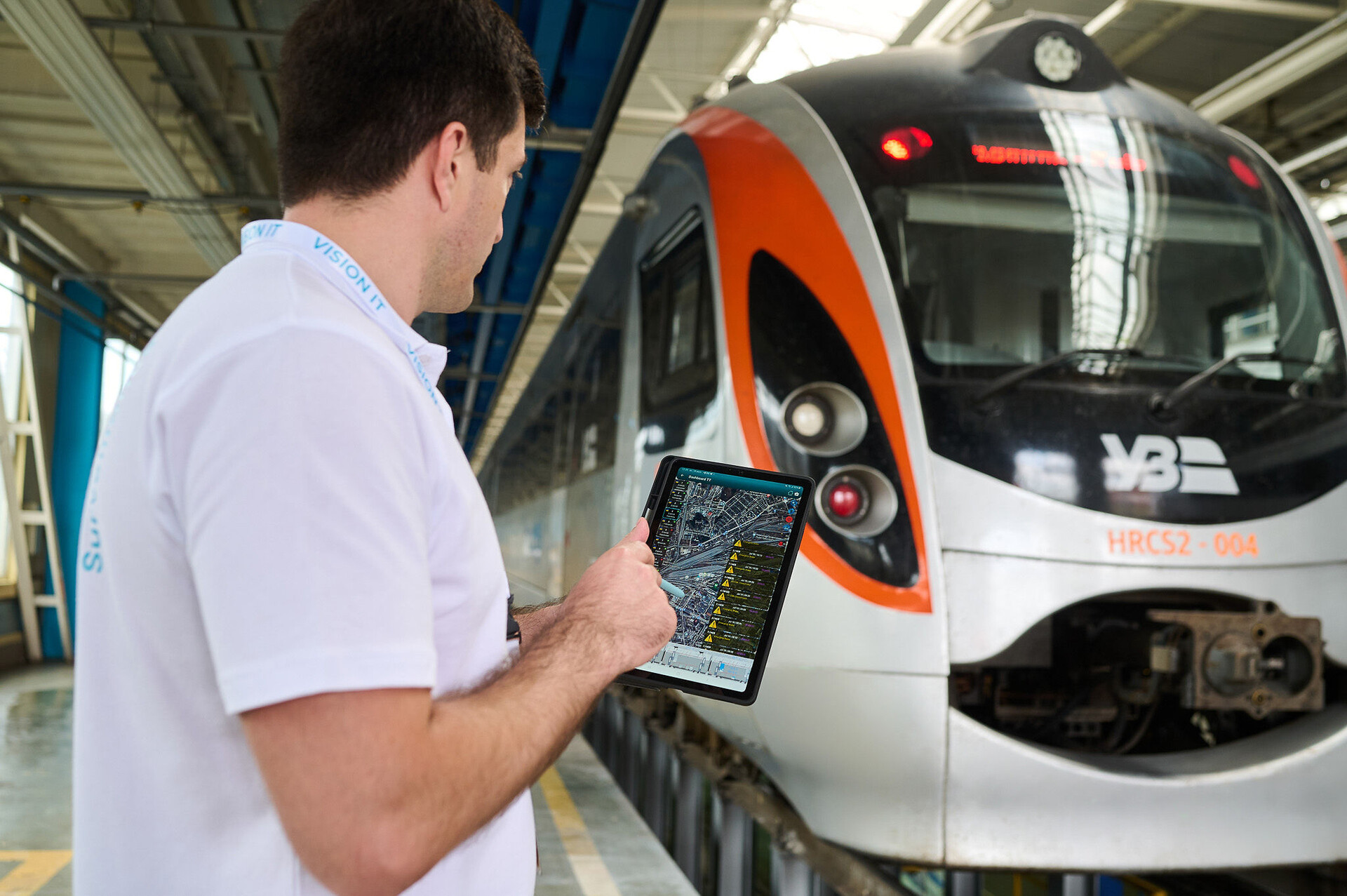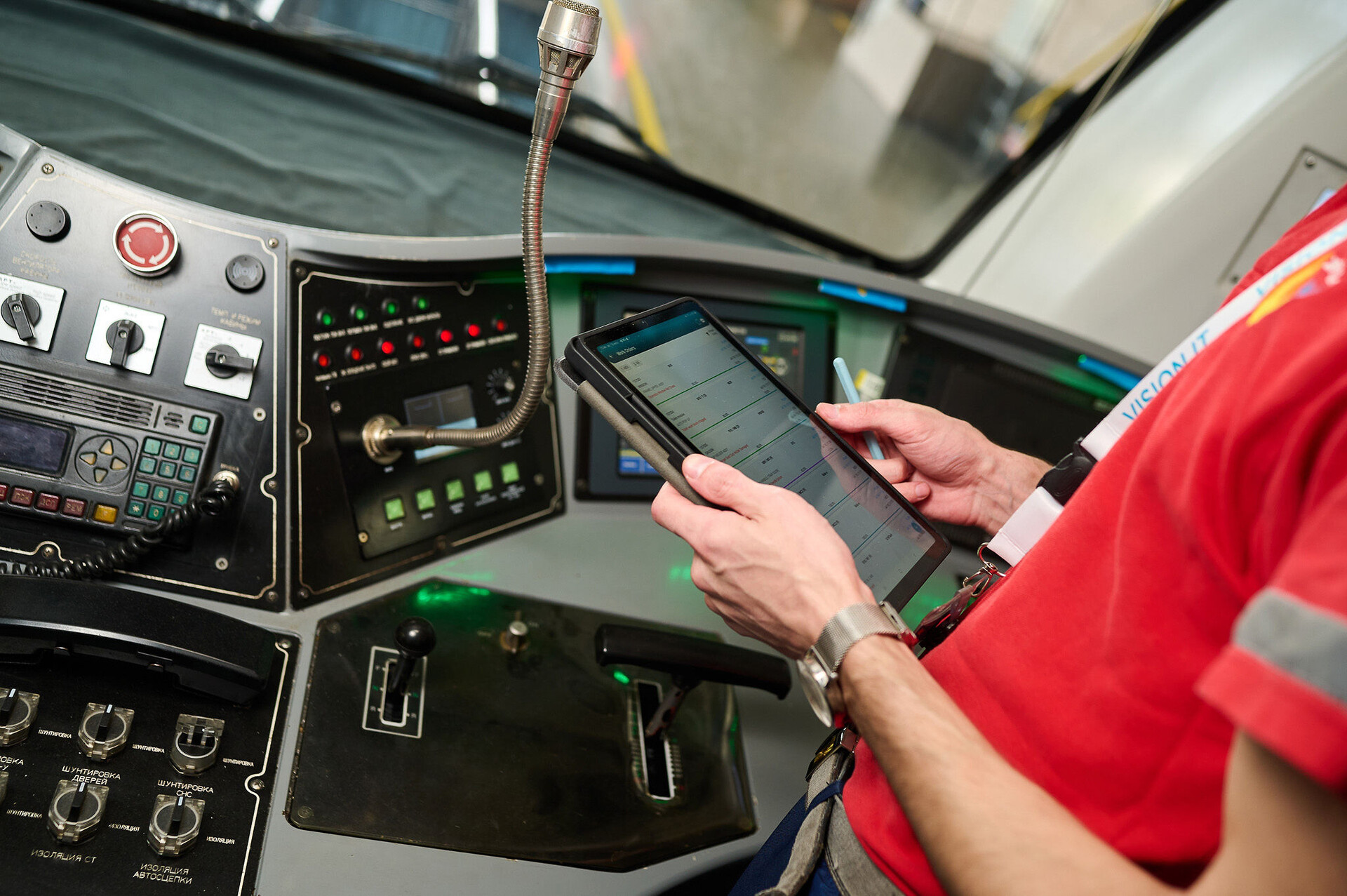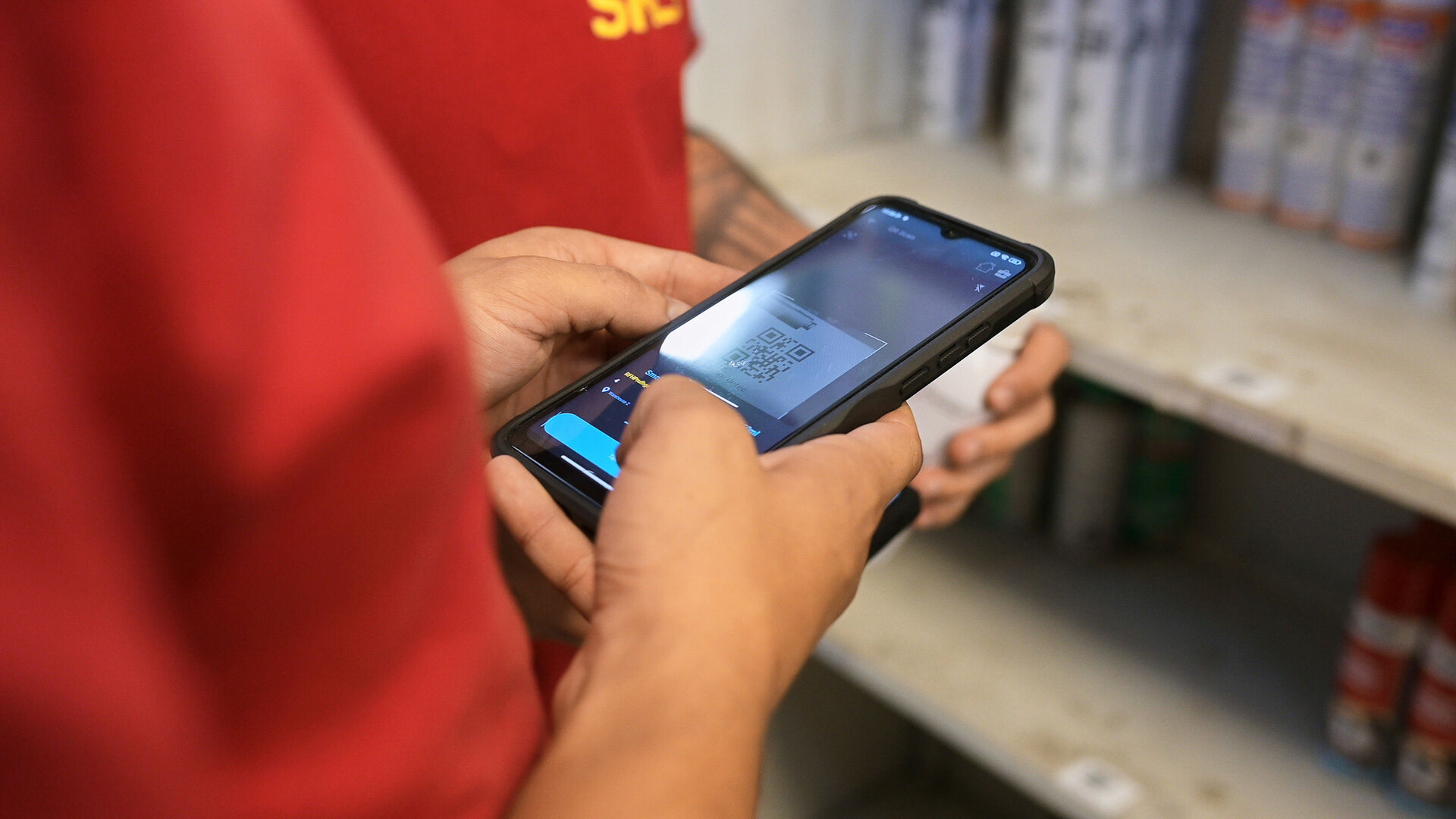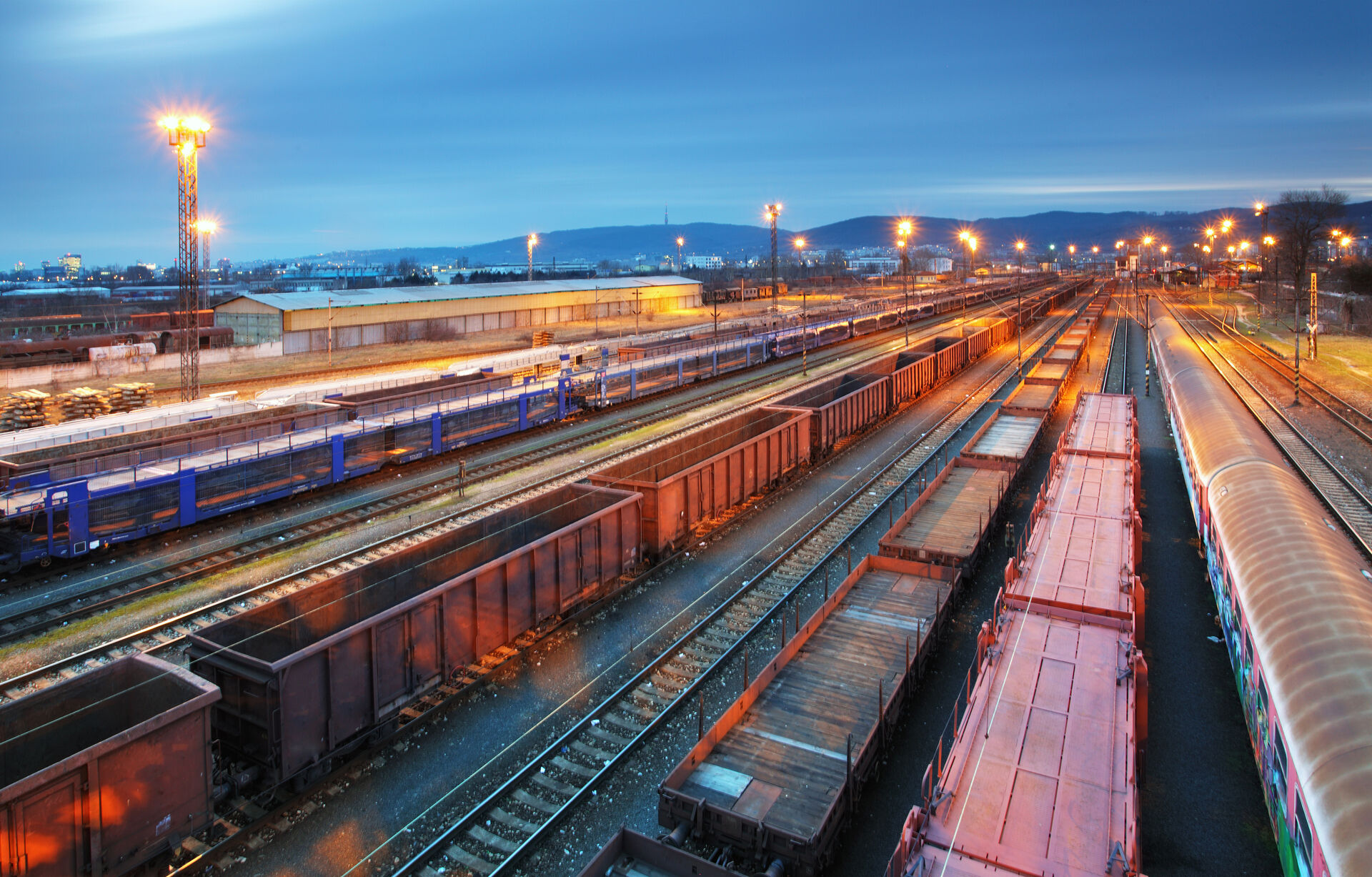Moving away from the conventional system where assets such as trains, maintenance crews, engineers, and storage hubs are handled separately, our smart maintenance strategy centralizes everything under one integrated platform, driven by real-time data. This data is available for remote access on any digital device. Our solutions in railway maintenance revolves around unified solutions such as smart transportation systems and predictive maintenance tools. Our methodology encompasses condition-based maintenance to extend maintenance intervals and pioneers in innovative maintenance services. It's crucial to recognize that trains, with their thousands of moving parts, aren't impervious to failures. Cutting-edge maintenance tools combat these potential hitches, adopting a gamut of methodologies from condition-based to predictive maintenance. This modernized approach to maintenance is not only cost and time-efficient but also adept at integrating innovative solutions, ensuring trains continue their journey safely and promptly. What sets our system apart is its capacity to monitor in real-time and generate AI-driven assignments based on the train's health status. Furthermore, it's designed to instantly notify engineers and technicians through alerts, and dispense Automated Work Orders, ensuring uninterrupted operations while heightening passenger safety and comfort.




